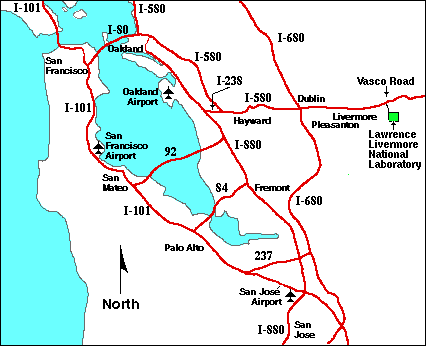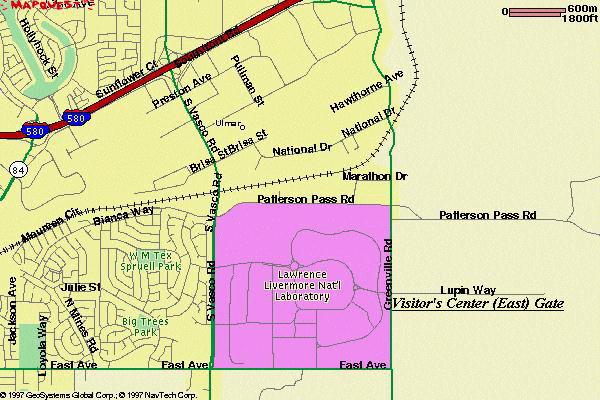
I will describe to you some of the efforts currently being explored at LLNL to develop commercial coating systems that will ultimately use 1 kW or higher compact lasers. Removal rates with these systems could be as high as 3000 to 5000 ft2 /hr. This is 30 to 50 times higher than that achievable with today's best high pressure baking soda slurry or steam removal technology. In addition, the residue of the process is flakes or dust, both of which are swept up easily using a vacuum system built into a delivery arm.
Commercial laser-based coating removal systems, in fact, are already available from several companies. However, these systems operate with off-the-shelf laser technology which is generally limited to 10 W maximum. At these power levels, the technology is not competitive except in a few niche areas where standard methods are not acceptable. Our technical challenge, therefore, is to develop affordable compact systems that can generate a few kW of average power. LLNL has developed high average power lasers for other applications and I will discuss our plan for modifying that technology for the coating removal application.
Dr. Matthews is also an Adjunct Professor of Engineering at the University of California at Davis and at the Livermore Department of Applied Science Campus. He currently supervises 8 graduate and 5 postdoctoral students.
Dr. Matthews received his Ph.D. in Experimental Physics in 1974 from the University of Texas at Austin. Since that time, he has been performing research and managing scientists, engineers and technicians in broadly varying scientific projects involving development of lasers and radiation technology for science and industry. He has also worked in the physics department at Livermore and has held temporary positions at the Hahn Meitner Institut in Berlin, the Rutherford-Appleton Laboratory in Great Britain and Centre d'Etudes de Limeil near Paris. His fields of expertise include heavy-ion atom collision phenomena, Auger electron and x-ray spectroscopy of ions and atoms, spectroscopic diagnostics and studies of nonLTE plasmas, x-ray lasers, x-ray and optical imaging, and applications of lasers and optical technology to medical, scientific and industrial needs.
Dr. Matthews has written well over 180 publications in the scientific literature and holds numerous patents for applications of laser and imaging technology. He is generally considered to be the pioneer of the x-ray wavelength laser. He is a Fellow of the American Physical Society and the Optical Society of America and is a co-recipient of the 1990 Division of Plasma Physics Award for Excellence in Plasma Physics Research. He is a member of the American Physical Society, Optical Society of America, the Society of Photographical and Industrial Engineers and the Institute for Electrical and Electronics Engineers.

